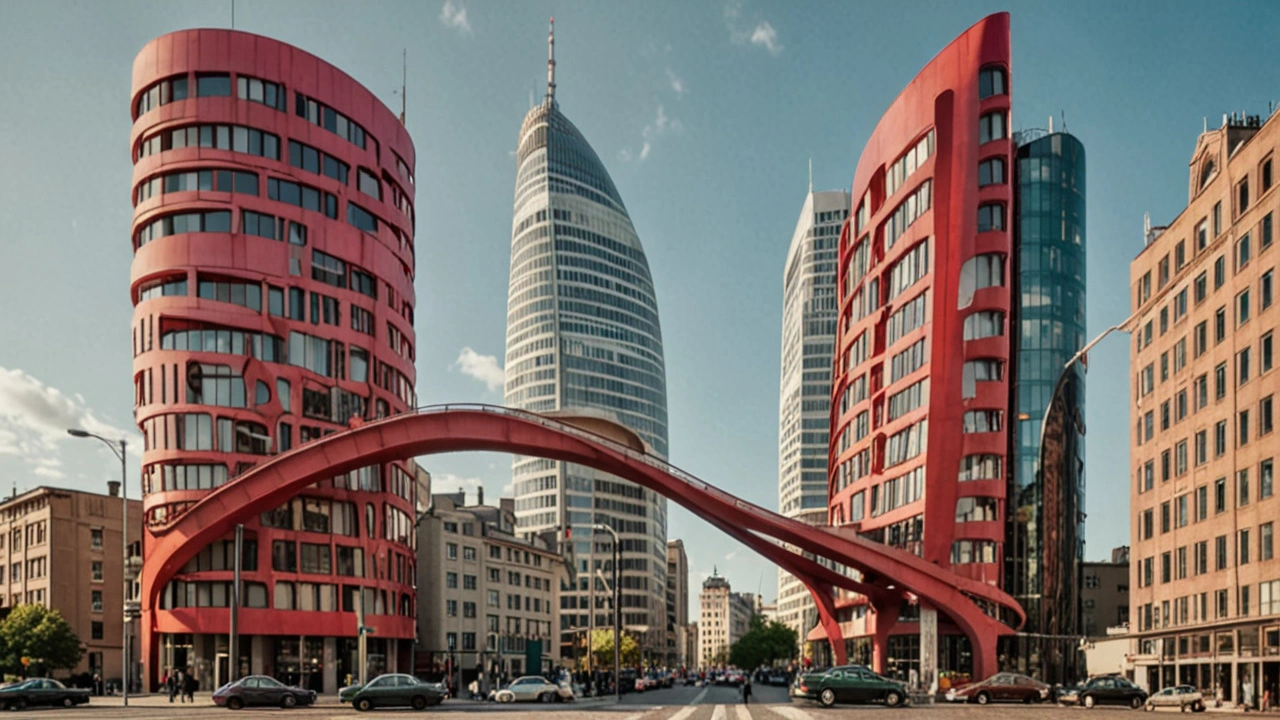Expressionist architecture, with its bold and imaginative designs, has redefined the built environment since its emergence in the early 20th century. Known for its dramatic and emotional qualities, expressionist buildings often feature non-traditional shapes and creative use of materials. This article delves into how this architectural style transformed urban landscapes, the prominent architects behind it, and its lasting impact on modern architecture. Readers will gain insight into the unique characteristics of expressionist architecture and learn how it continues to inspire contemporary designs.
Built environment: How design shapes daily life and cities
Every street, park, and building affects how you move, work, and relax. Understanding the built environment helps you spot smart design and avoid bad choices. Here are practical ways to read, use, and improve the places you live in.
Spot what works
Look at how a street feels at different times: crowded, quiet, safe, or lonely. Good design has clear walking routes, places to sit, shade, and visible shops or homes that watch the street. Bad design hides entries, forces long detours, or creates dead edges with blank walls.
Use it better
Want to make your block better without waiting for planners? Start small: add a bench, plant window boxes, organize a clean-up, or map safe walking routes with neighbors. These actions change how people use space and can trigger bigger fixes like better lighting or a bike lane.
Think about reuse: old warehouses become studios, empty lots become pocket parks, and parking spots can turn into cafes. When you evaluate projects, ask three simple questions. Does it improve safety or mobility? Does it add green or social space? Does it use durable materials and respect local character?
Design choices add long-term costs. Cheap materials may save money now but demand repairs sooner. Spend where it matters: water management, insulation, solid windows, and clear drainage cut maintenance and protect value.
Don’t ignore climate. Trees cool streets, permeable paving soaks rain, and sun-facing windows can heat efficiently in winter. Small green steps reduce flooding and lower energy bills for everyone.
Look at examples: Beaux-Arts boulevards, Greek Revival facades, Bauhaus blocks, and high-tech glass towers all teach lessons. Study one nearby building each week. Note materials, entrances, how people move, and what makes the place inviting or not.
If you care about policy, join local meetings and ask for data: pedestrian counts, crash reports, tree canopy maps. Concrete numbers win more changes than opinions alone.
Built environment isn't an abstract topic—it's the stuff that shapes your day. Start noticing one thing today and one small action this week; you’ll be surprised how fast places change when people care.
Quick checklist for assessing any site: Visibility: can people find the entrance? Access: are sidewalks continuous and ramps present? Comfort: is there seating, shade, and safe crossings? Sustainability: does it manage water and energy well? Community: does the design invite gatherings and local business?
If you want deeper reading, check case studies on historical styles and modern fixups; learning why past designs worked helps spot repeats and mistakes. Local libraries, city planning sites, and neighborhood groups often host free walks and talks.
Take photos before and after a small change to prove impact; data plus images make a strong case to officials and neighbors. Want a quick project idea? Paint a crosswalk, add potted plants to a dead corner, or set up a pop-up reading bench for a weekend.
Small actions like these make the built environment friendlier for everyone. Start today, see change fast.

